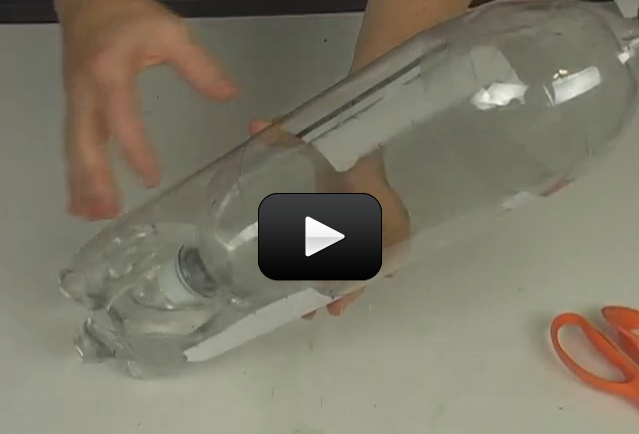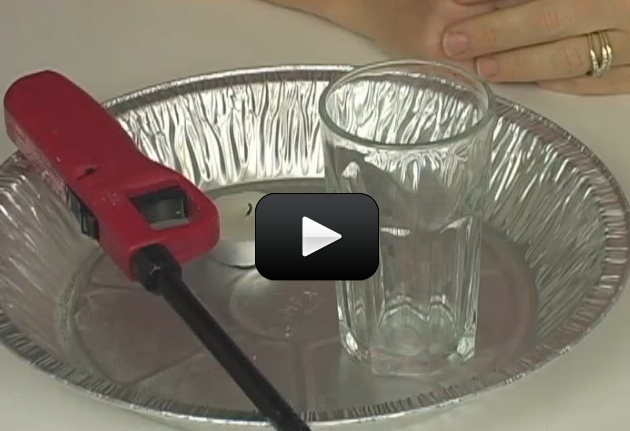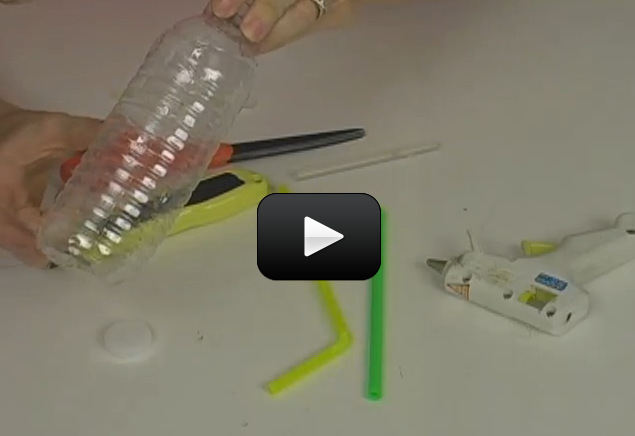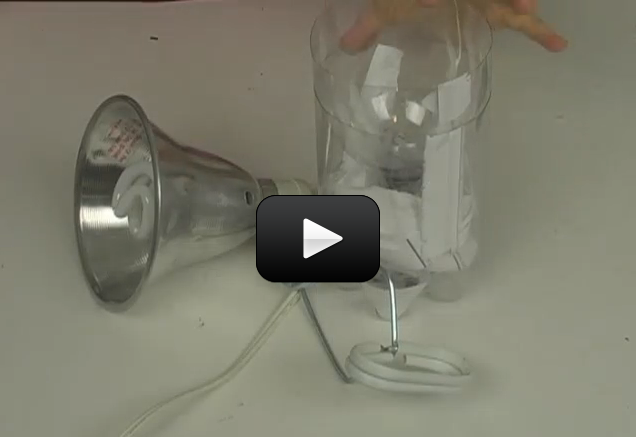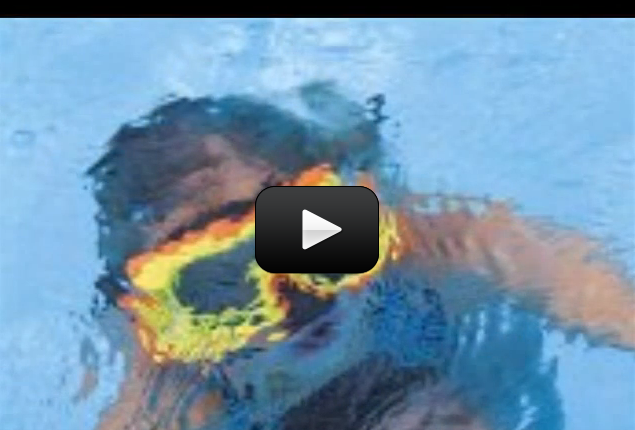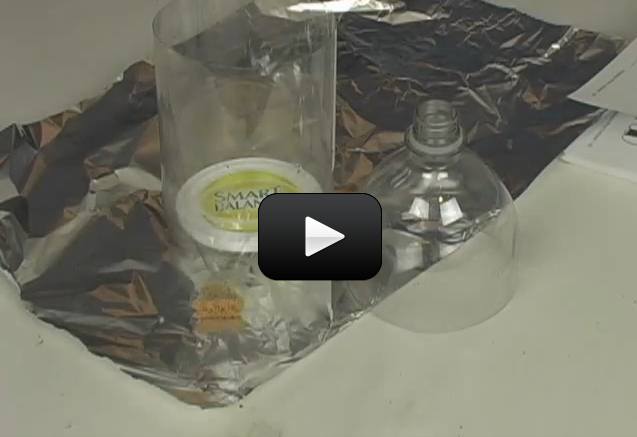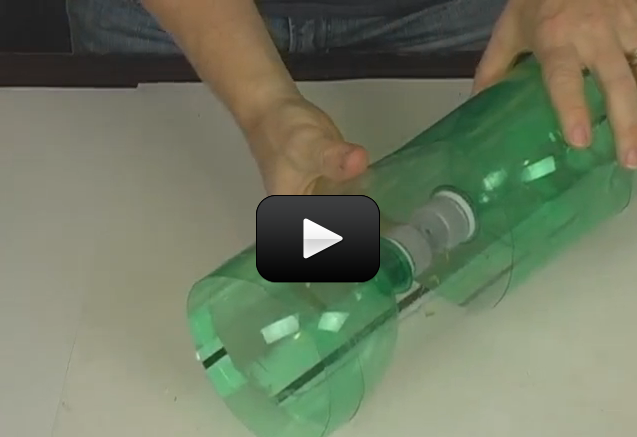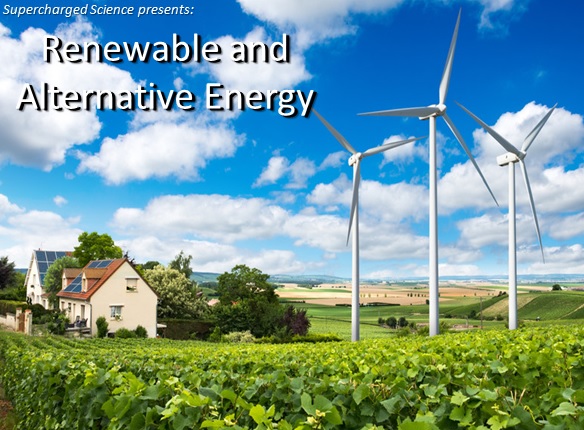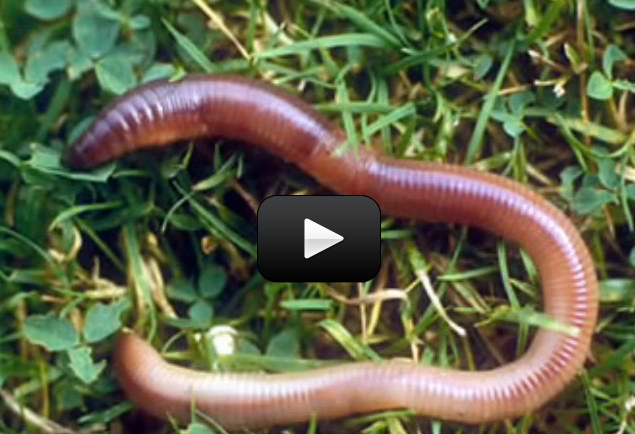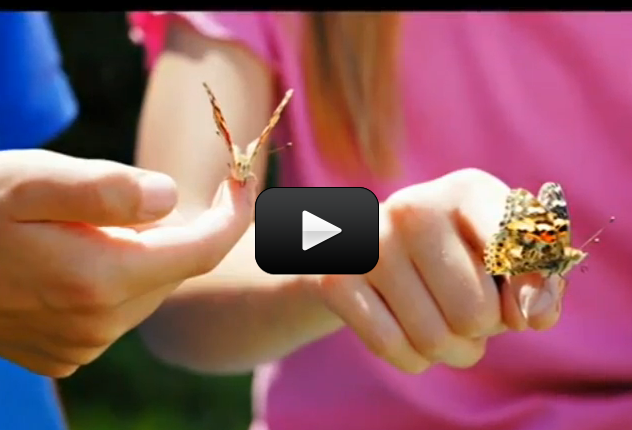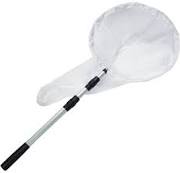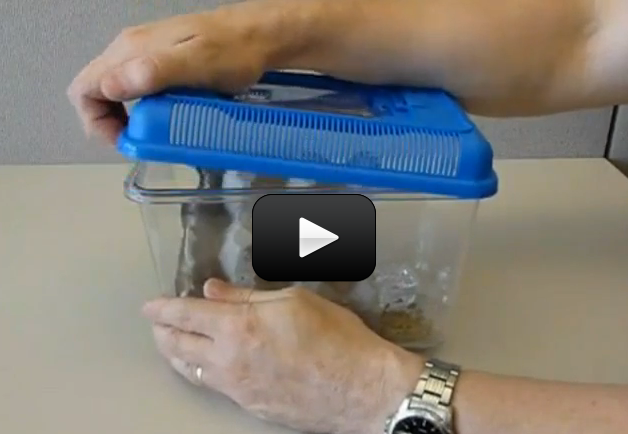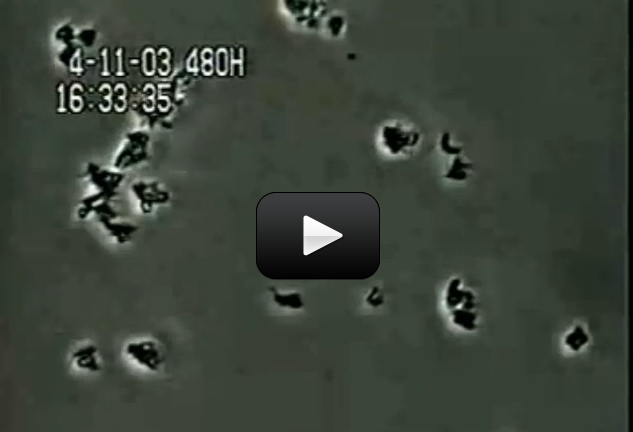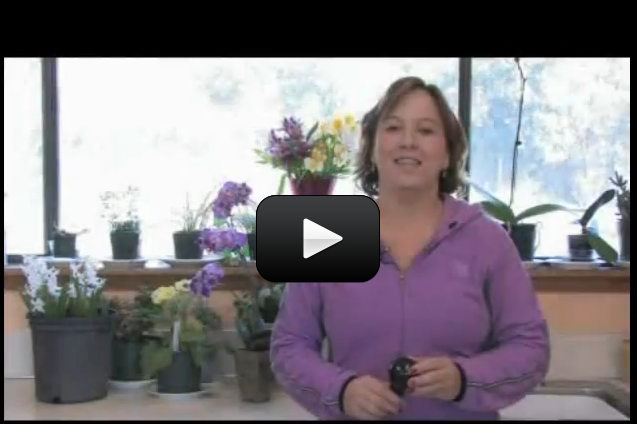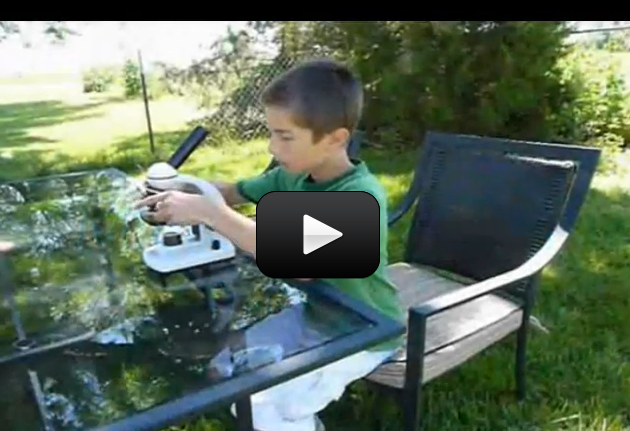On a clear night when Jupiter is up, you’ll be able to view the four moons of Jupiter (Europa, Ganymede, Io, and Callisto) and the largest moon of Saturn (Titan) with only a pair of binoculars. The question is: Which moon is which? This lab will let you in on the secret to figuring it out.
You get to learn how to locate a planet in the sky with a pair of binoculars, and also be able to tell which moon is which in the view.
Materials
- Printout of corkscrew graph
- Pencil
- Binoculars (optional)
[am4show have=’p8;p9;p17;p44;p90;’ guest_error=’Guest error message’ user_error=’User error message’ ]
Download Student Worksheet & Exercises
- Look at your corkscrew satellite graph. These are common among astronomers for both Saturn and Jupiter. Notice how Saturn has a lot more wavy lines than Jupiter. We’re going to focus on Jupiter for the first part of this lab. Jupiter’s graph is the one on the left with Ganymede as one of the moons.
- The wavy lines represent four of Jupiter’s biggest moons: Ganymede, Callisto, Europa, and Io. The central two lines for a band is the width of Jupiter itself. If you see any gaps in the wavy lines, those are times when the moon is behind Jupiter. Each bar across that corresponds to a number is an entire day. The width of the column represents how far away each moon is from Jupiter. Notice at the top it says East and West.
- Draw a circle that represents Jupiter.
- Notice the largest waves are made by Callisto. Who makes the smallest waves? (Io.)
- Look at Dec 4th. Which moons are on which side of Jupiter? (Ganymede is the furthest east, and Io is closer to the planet, still on the east side. On the west, Europa is closer to Jupiter than Callisto.)
What’s Going On?
Jupiter’s Rings and Moons
Jupiter’s moons are threadlike when compared with Saturn’s. Also, unlike Saturn’s rings, Jupiter’s rings come from ash spewed out from the active volcanoes of its moons. Since Jupiter is so large, its gravity likes to catch things. When a volcano shoots its ash-snow up, Jupiter grabs it and swirls it in on itself. The moons are constantly replenishing the rings, which is why they are so much smaller than Saturn’s and much harder to detect (you won’t see them with binoculars or a backyard telescope).
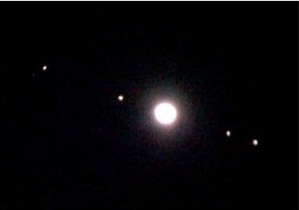 If you’re doing the binocular portion of this lab in the evening, the numbers on binoculars refer to the magnification and the lens at the end. For example, 7×50 means you’re viewing the sky at 7X, and the lenses are at 50mm. Most people can easily hold up to 10x50s before their arms get tired. Remember, you’re looking up, not out or down as in normal terrestrial daytime viewing.
If you’re doing the binocular portion of this lab in the evening, the numbers on binoculars refer to the magnification and the lens at the end. For example, 7×50 means you’re viewing the sky at 7X, and the lenses are at 50mm. Most people can easily hold up to 10x50s before their arms get tired. Remember, you’re looking up, not out or down as in normal terrestrial daytime viewing.
Saturn’s Rings and Moons
Galileo Galilei was the first to point a telescope at the sky, and the first to glance at the rings of Saturn in 1610. In the 1980s, the Voyager 1 and Voyager 2 spacecraft flew by, giving us our first real images of the rings of Saturn. Some of the biggest mysteries in our solar system are: What are the rings made up of, and why?
The Cassini-Huygens Mission answered the first question: The rings are made of billions of particles ranging from dust-sized icy grains to a couple of mountain-sized chunks. Actually, Saturn’s rings are an optical illusion. They are not solid, but rather a blizzard of water-ice particles mixed with dust and rock fragments, and each piece orbits Saturn like a little a moon. These billions of particles race around Saturn in tracks, and are herded into position by moons that also orbit within the rings (“shepherd” moons). Shepherd moon Pan orbits in the Encke gap, Daphnis orbits in the Keeler gap, Atlas orbits in the A ring, Prometheus in the F ring, and Pandora in the F ring. These moons keep the gaps open with their gravity.
The second question is harder to answer, but the latest news is that the rings are pieces of comets, asteroids or shattered moons that broke apart before they ever reached Saturn. Although each ring orbits at a different speed around the planet, the Cassini spacecraft had to slow down to 75,000 mph before it dropped into the rings to orbit around the planet.
While the rings are wide enough to see with a backyard telescope, the main rings (A, B and C) are paper-thin, only 10 meters (33 feet) thick.
Uranus and Neptune are called ice giants because of the amounts of ice in their atmospheres. Their atmospheres are also made of mostly hydrogen and helium.
Cassini found that a great plume of icy material blasting from the moon Enceladus is a major source of material for the expansive E ring. Additionally, Cassini has found that most of the planet’s small, inner moons appear to orbit within partial or complete rings formed from particles blasted off their surfaces by impacts of micrometeoroids.
Exercises
- Find a date that has all four moons on one side of Jupiter.
- When is Callisto in front of Jupiter and Io behind Jupiter at the same time?
- Are the images you’ve drawn in the table what you’d expect to see in binoculars, or are they upside down, mirrored, or inverted?
[/am4show]

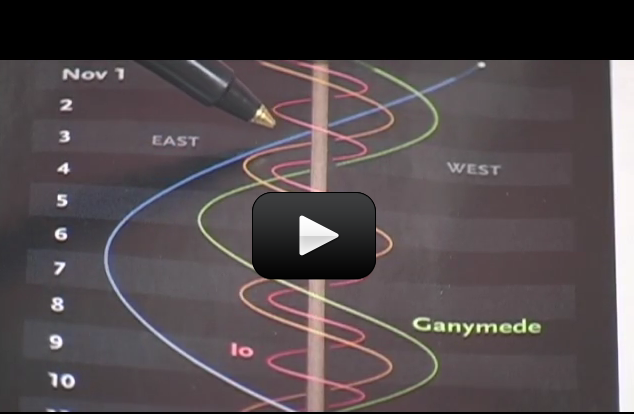
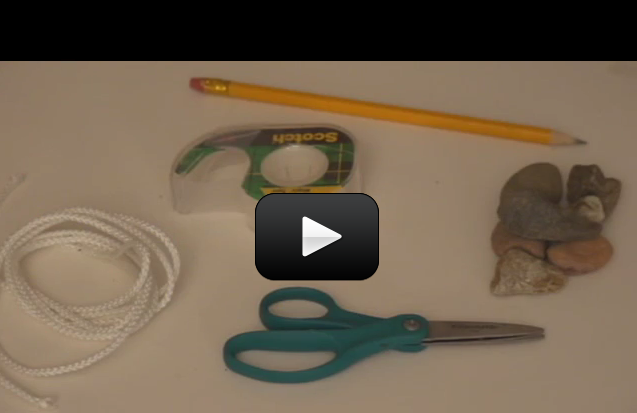
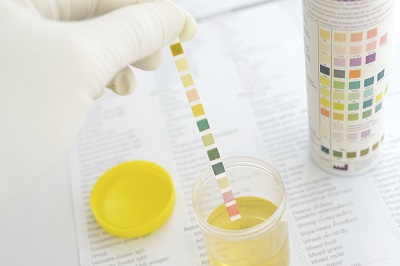
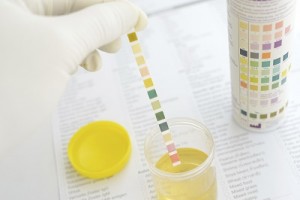 Although urine is sterile, it has hundreds of different kinds of wastes from the body. All sorts of things affect what is in your urine, including last night’s dinner, how much water you drink, what you do for exercise, and how well your kidneys work in the first place. This experiment will show you how the kidneys work to keep your body in top shape.
Although urine is sterile, it has hundreds of different kinds of wastes from the body. All sorts of things affect what is in your urine, including last night’s dinner, how much water you drink, what you do for exercise, and how well your kidneys work in the first place. This experiment will show you how the kidneys work to keep your body in top shape.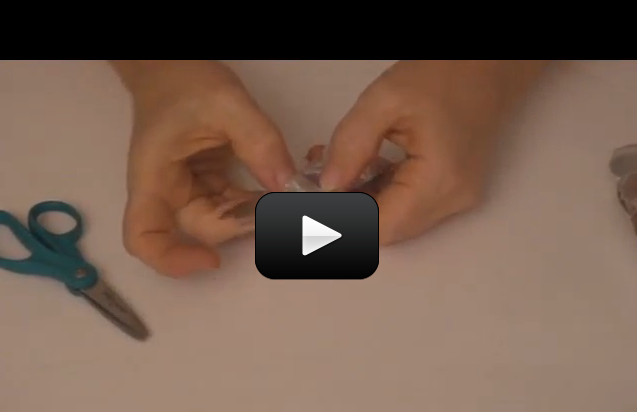

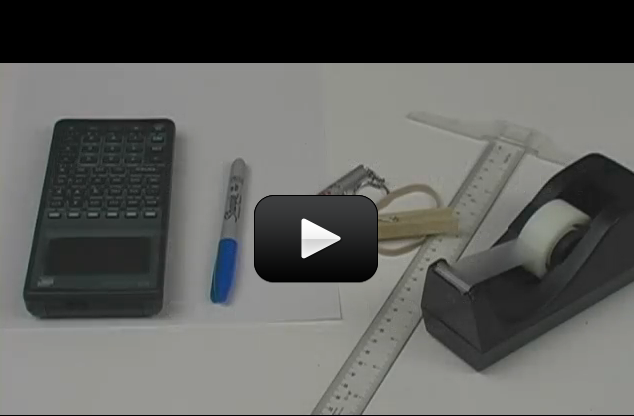
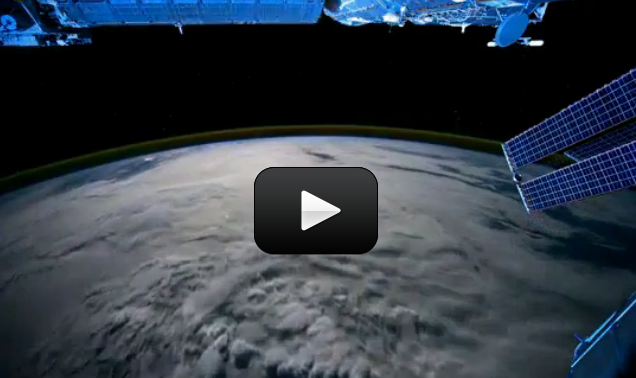
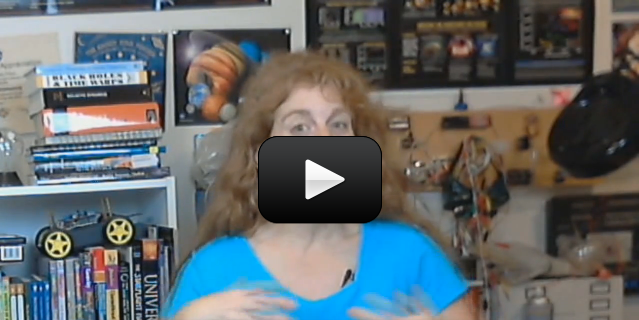
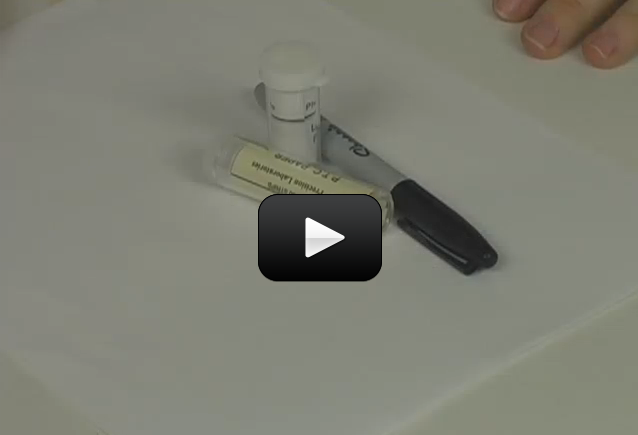

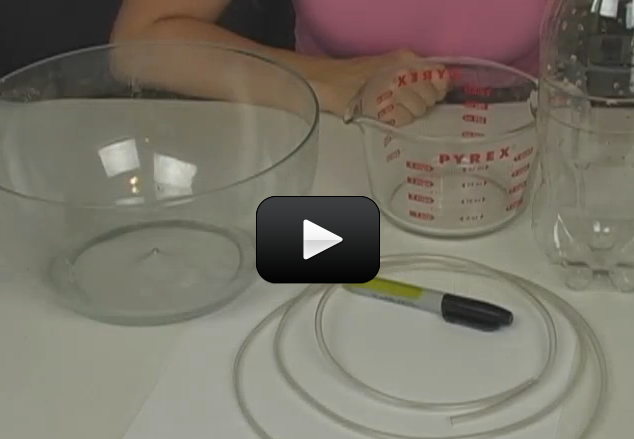
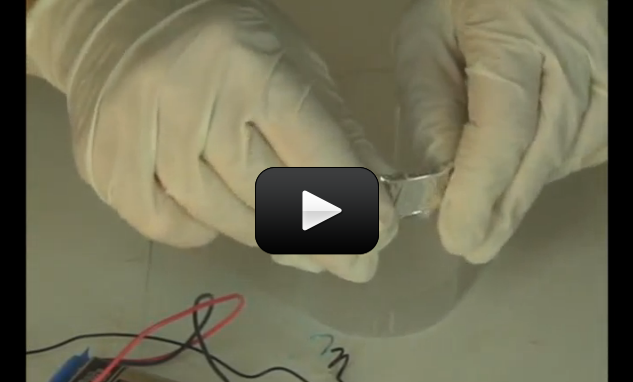
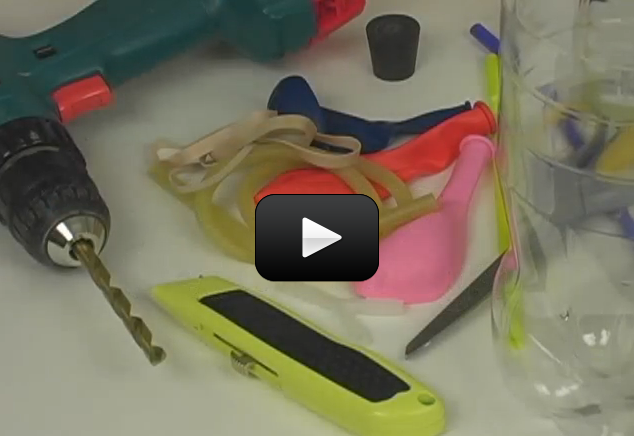
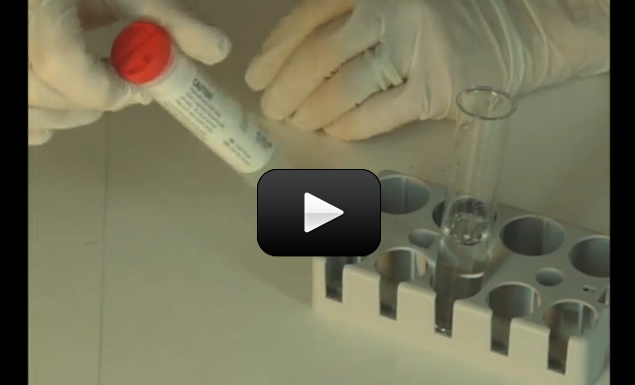
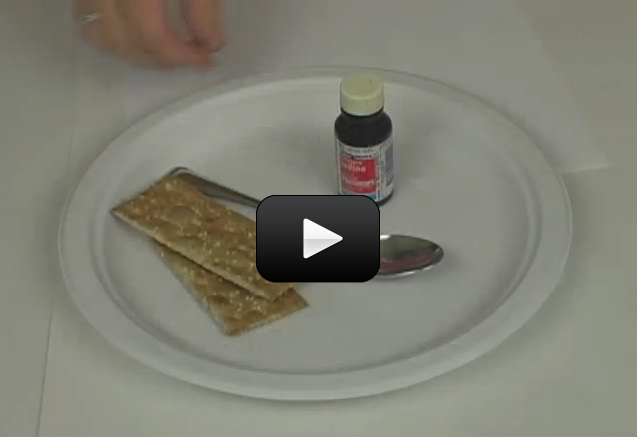
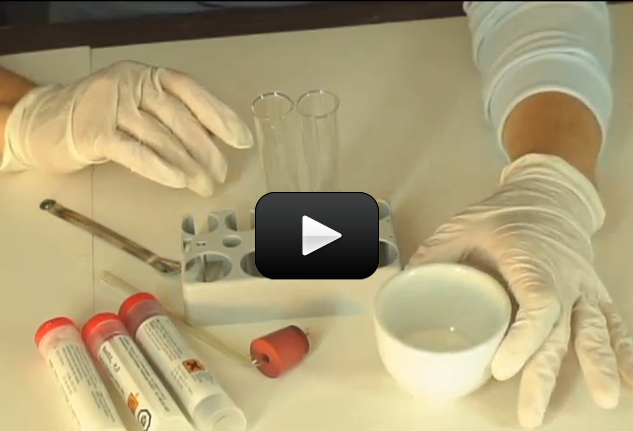
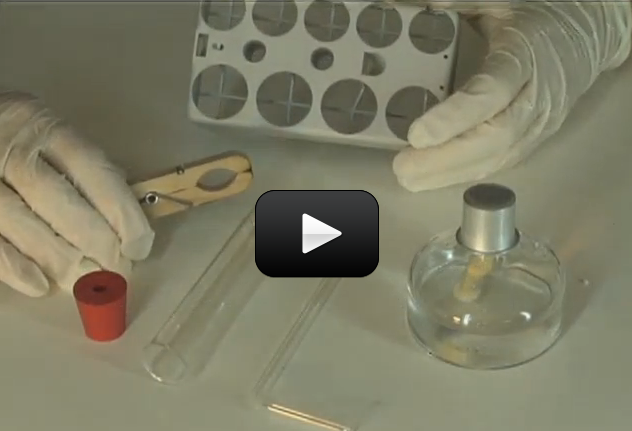
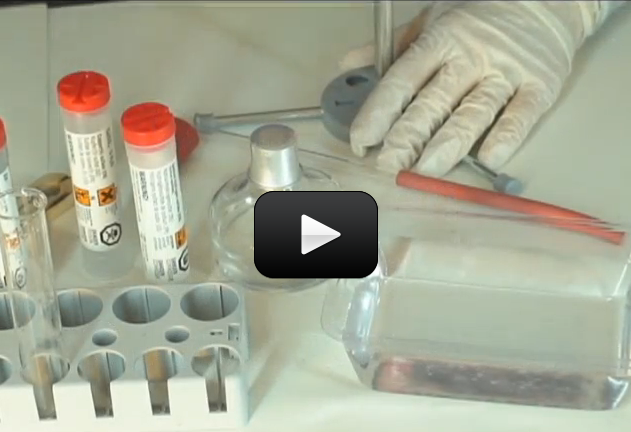
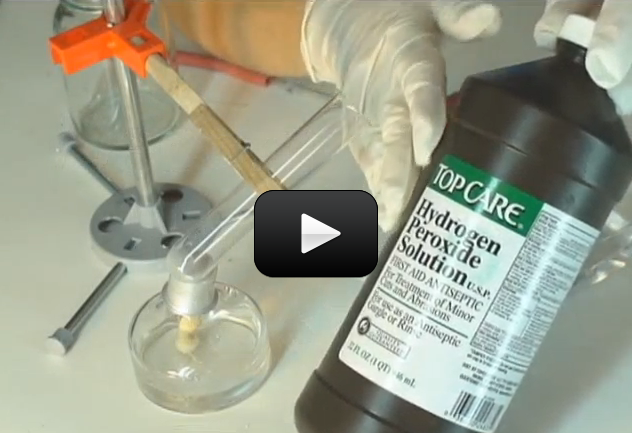
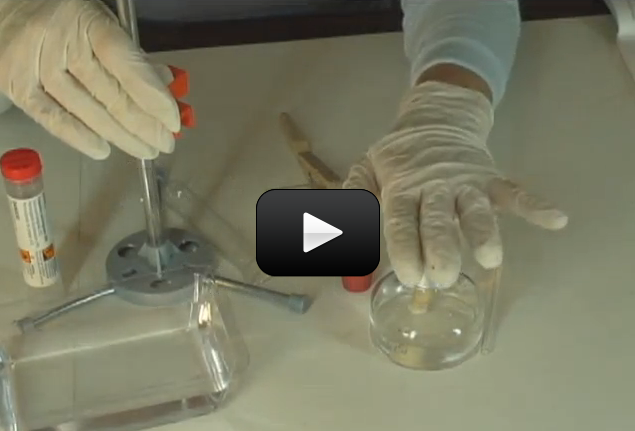
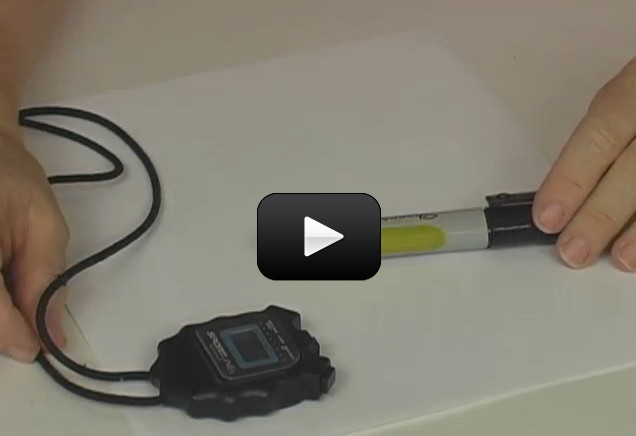
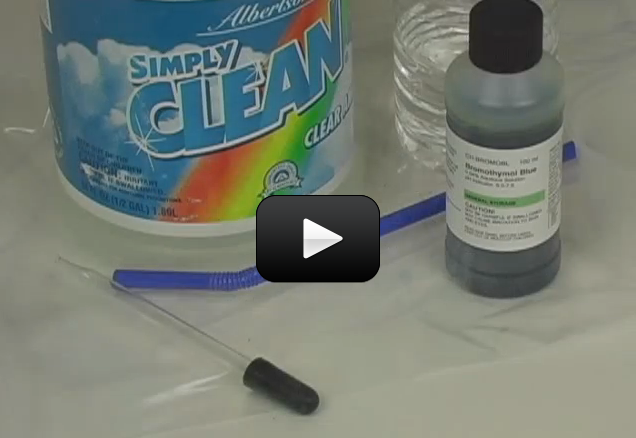
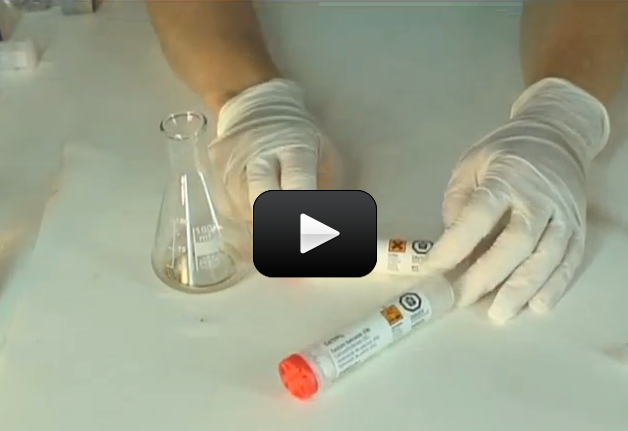
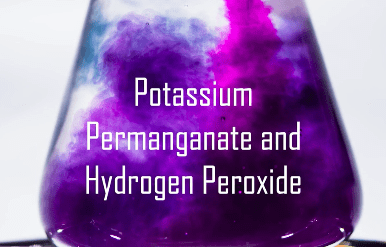
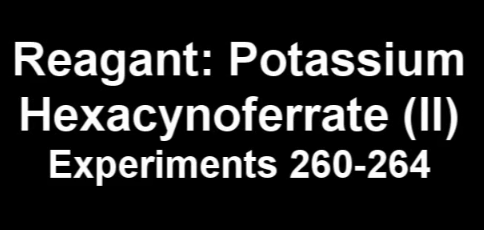
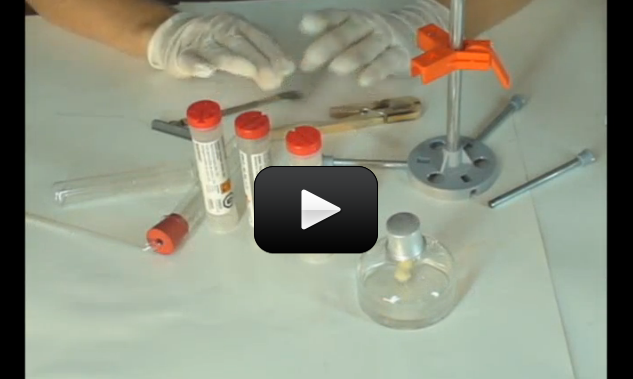
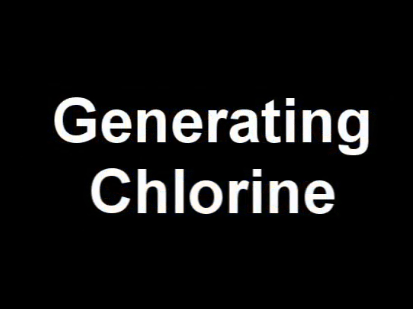
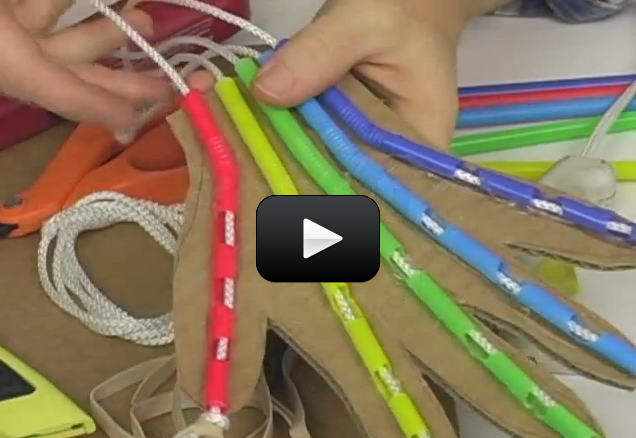
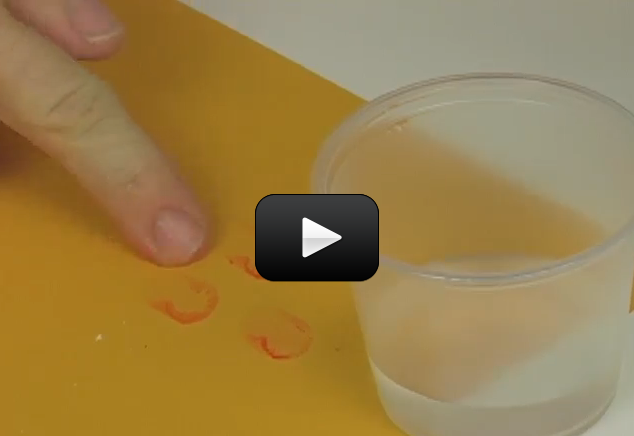

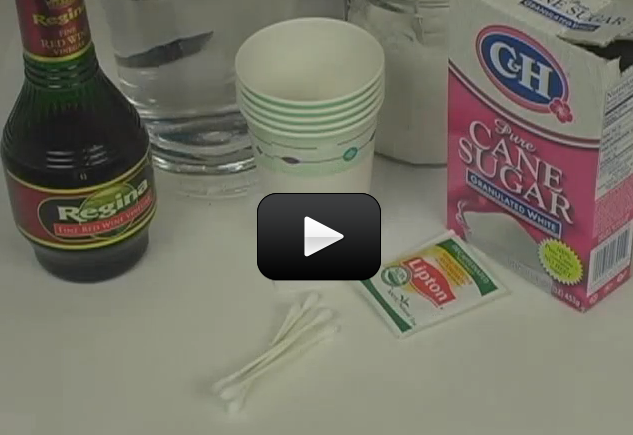
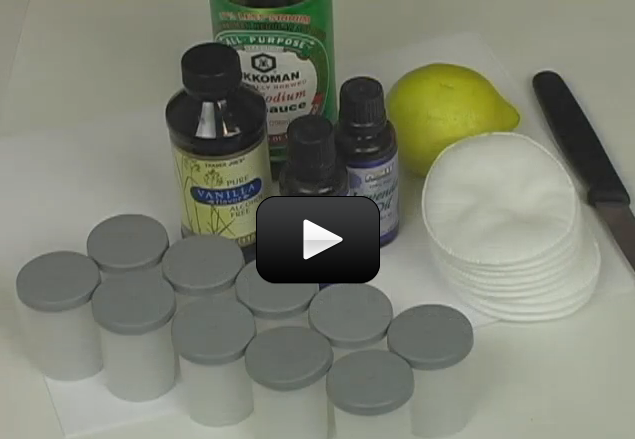
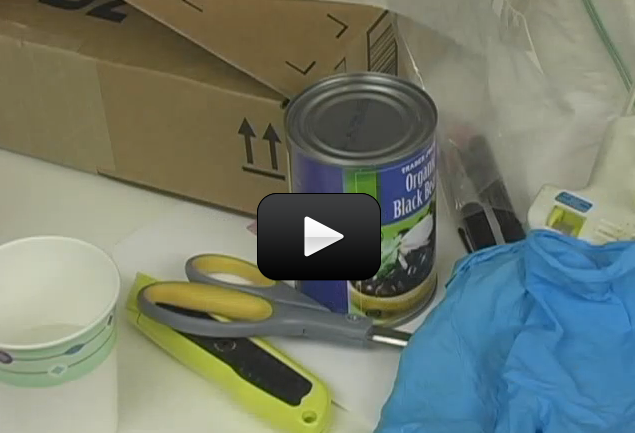
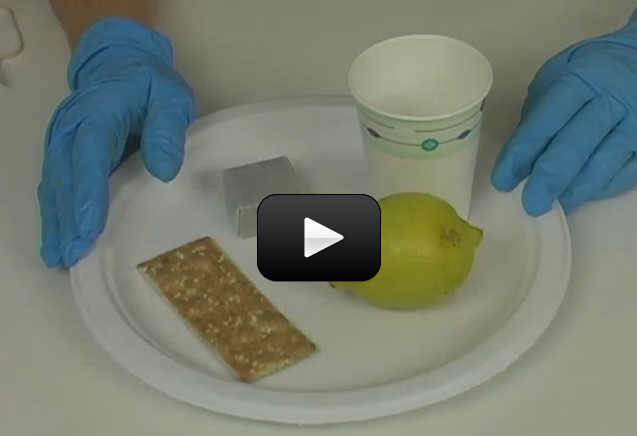

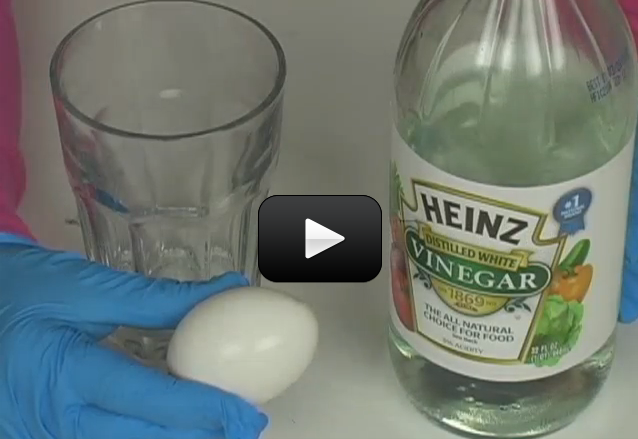
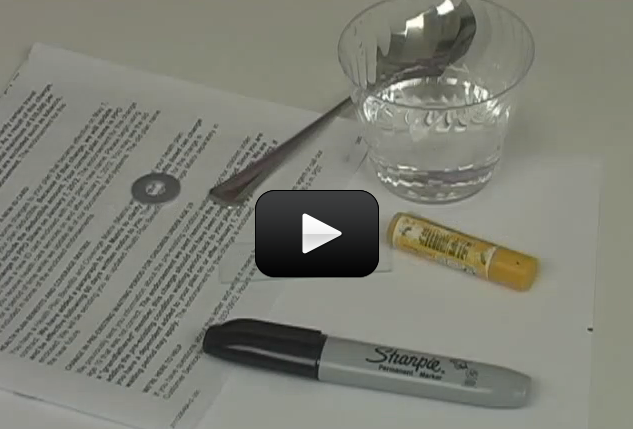
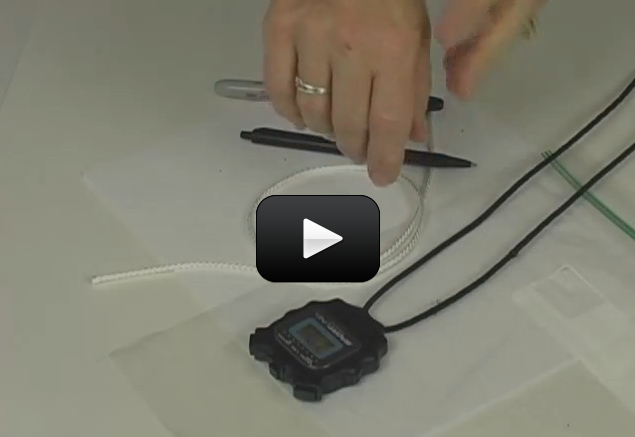
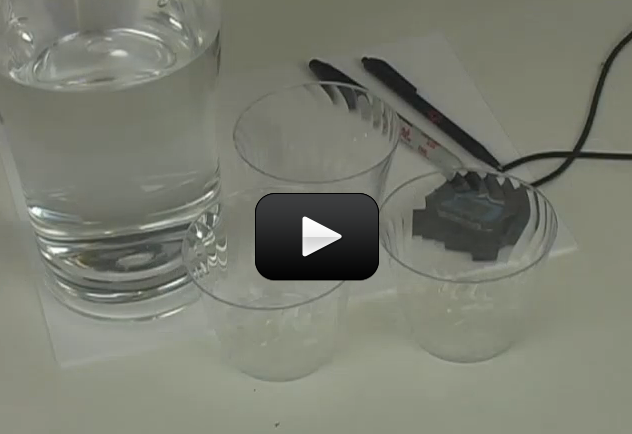
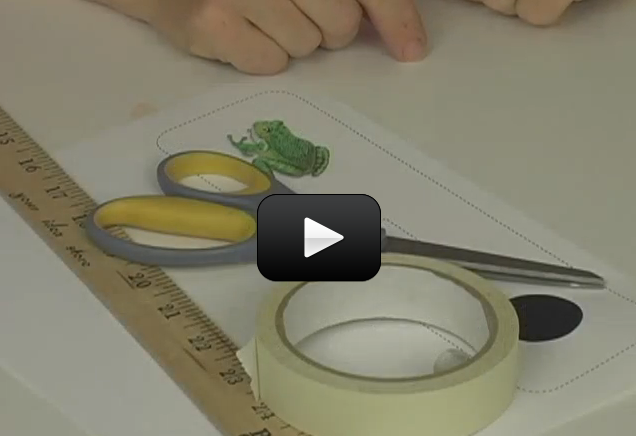
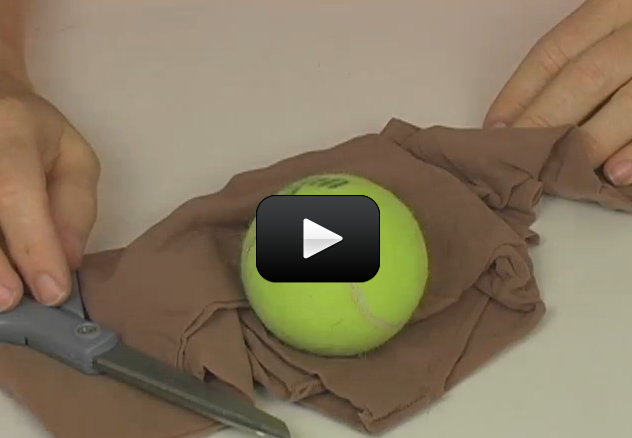
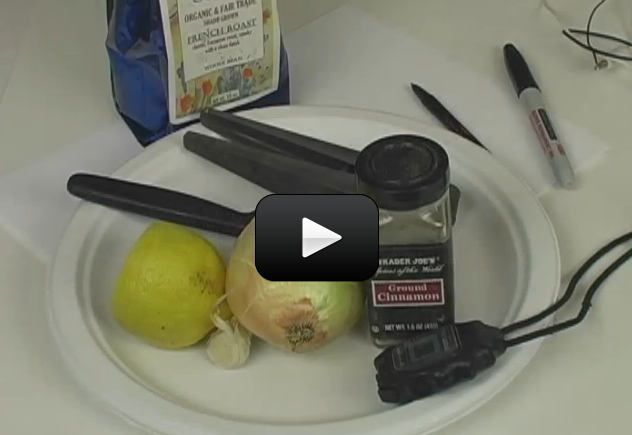
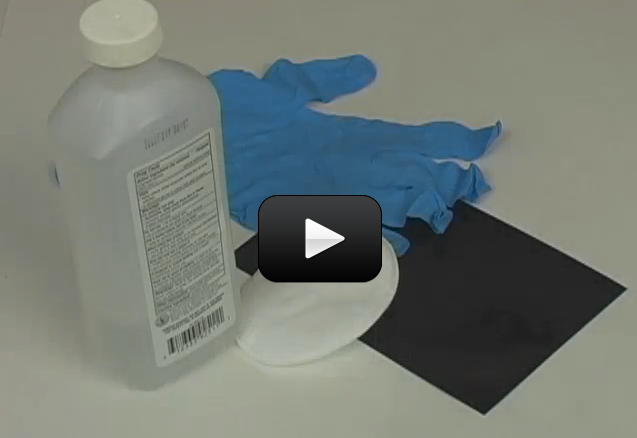
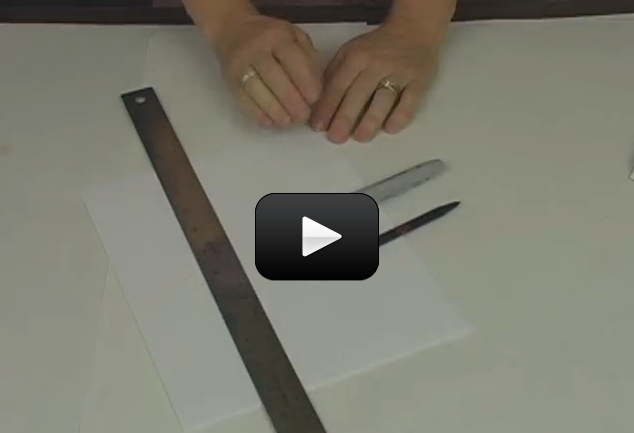
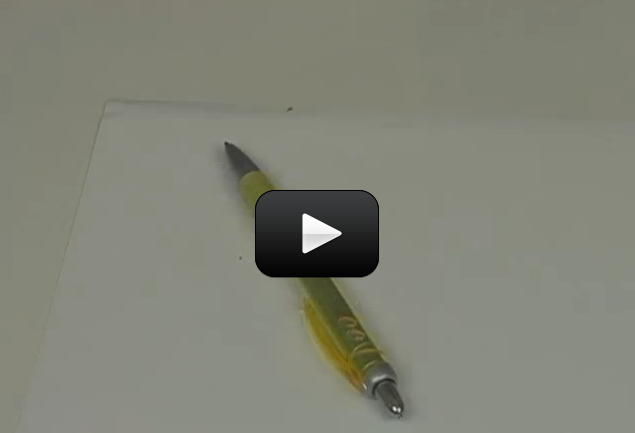
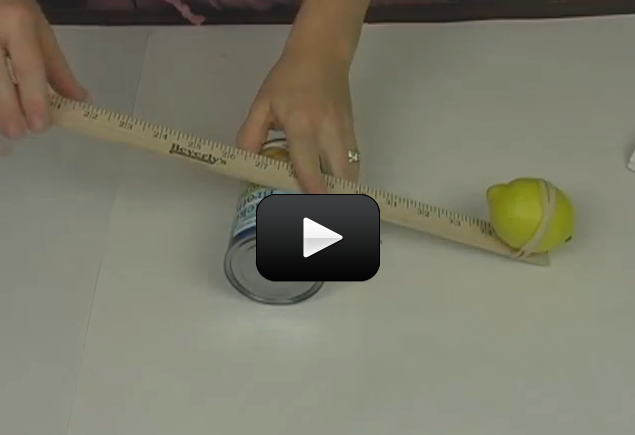
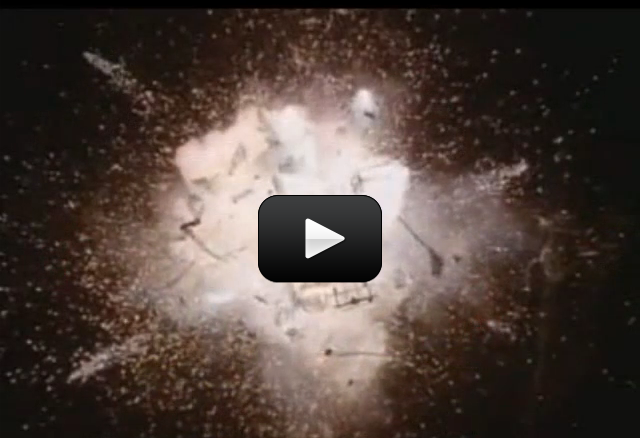
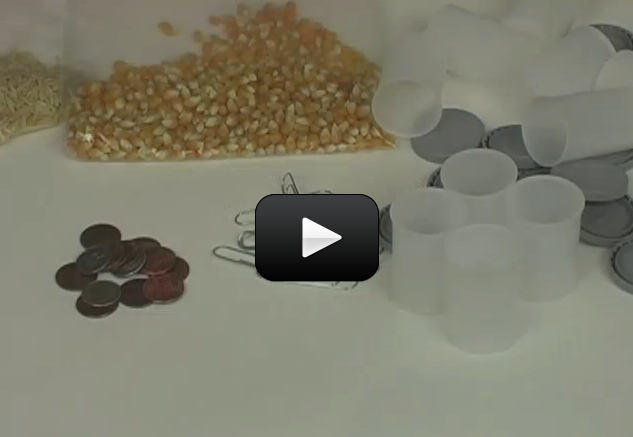
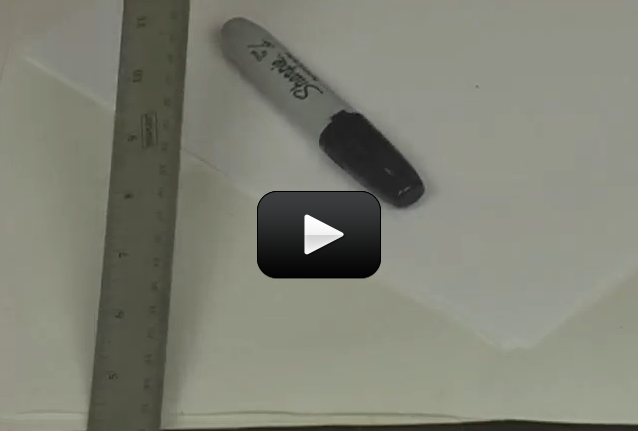
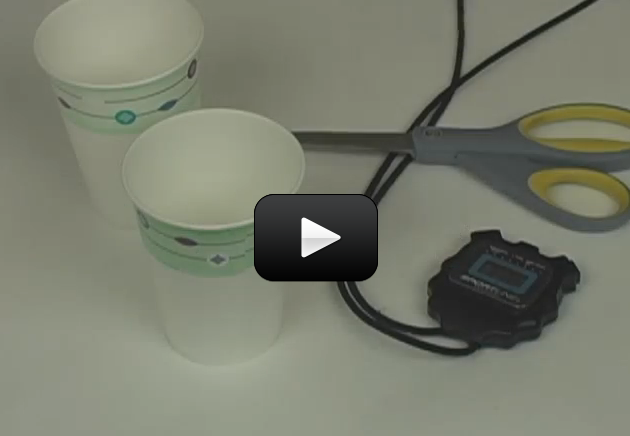
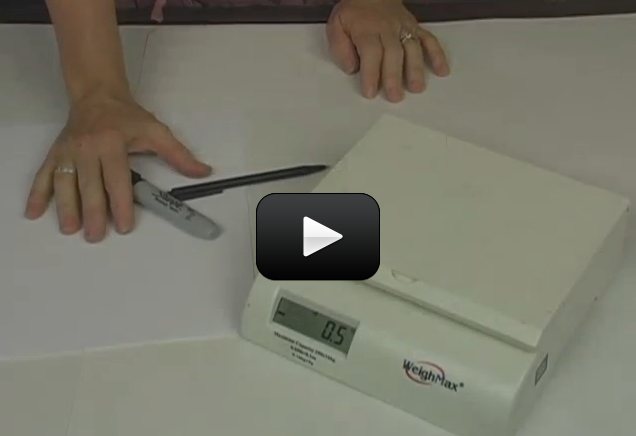
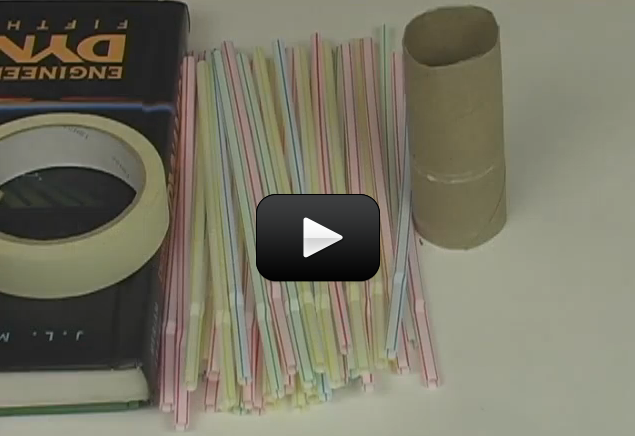
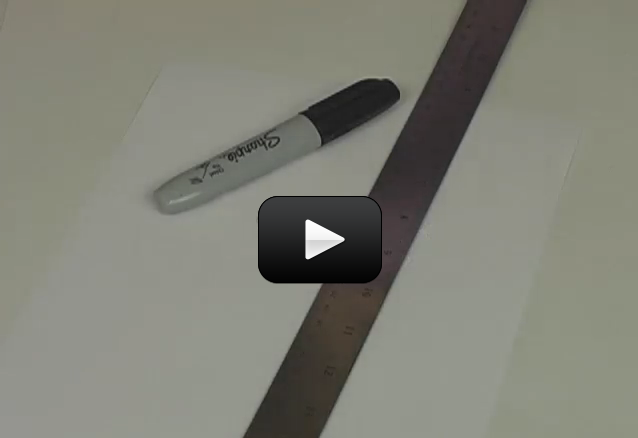
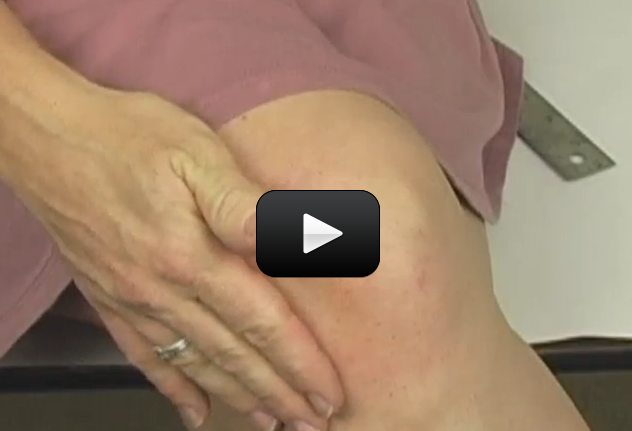
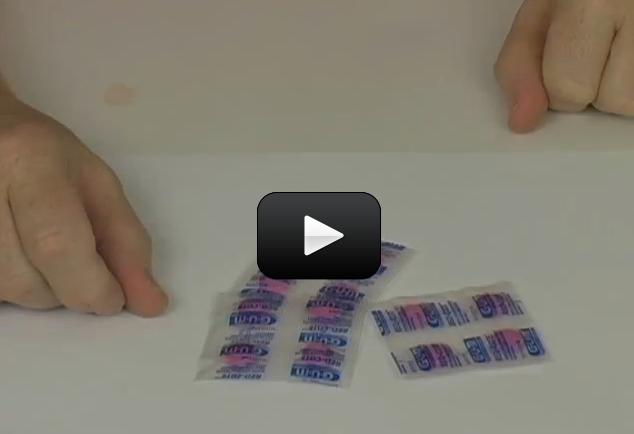
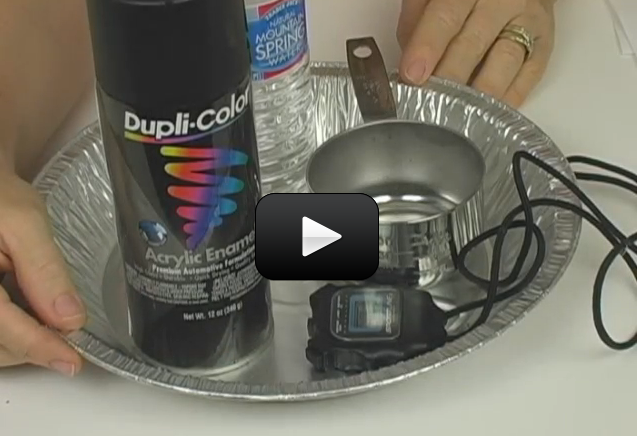
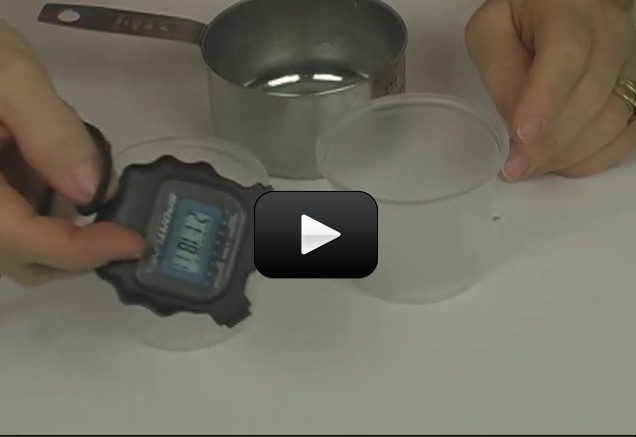
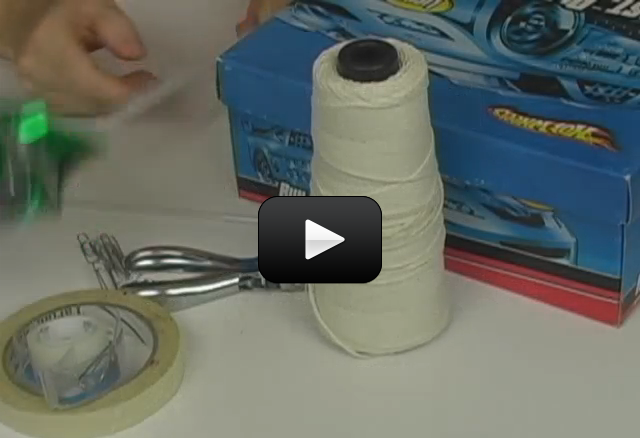
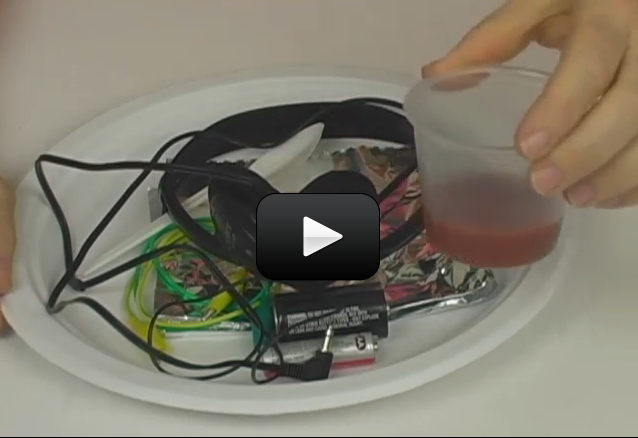
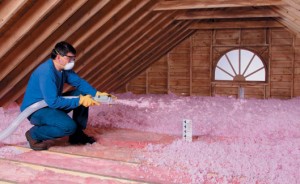

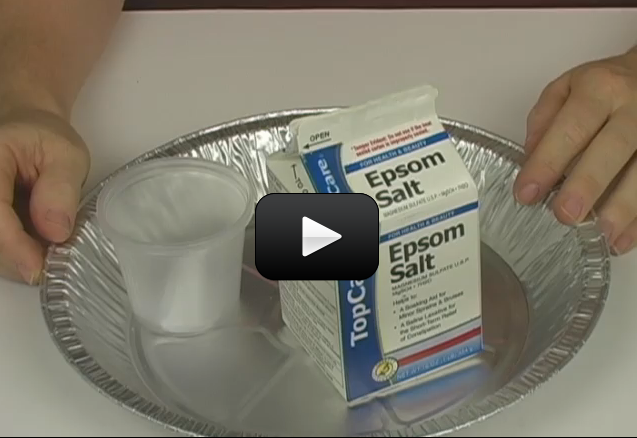
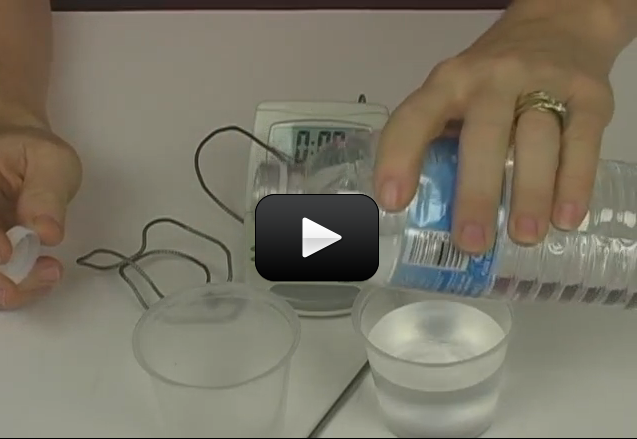
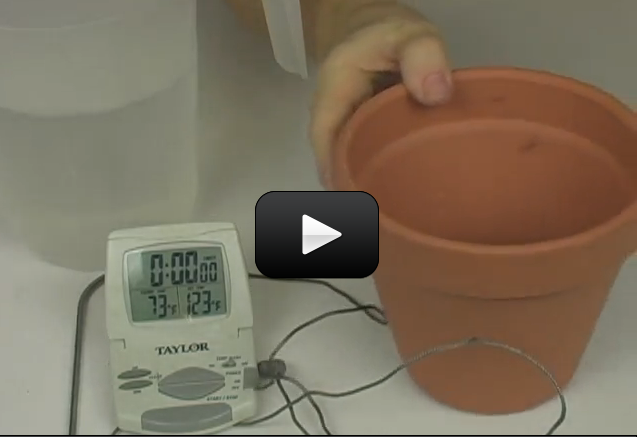
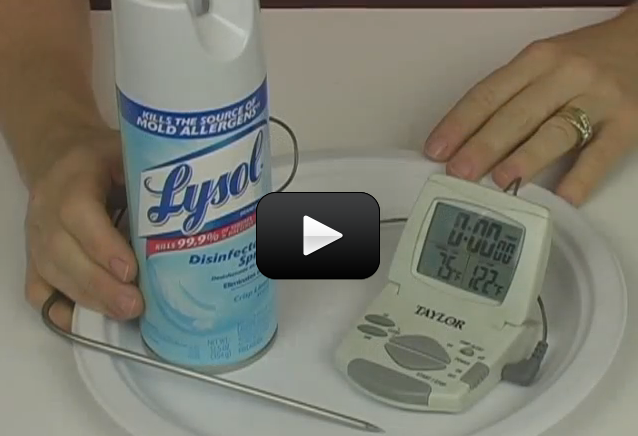
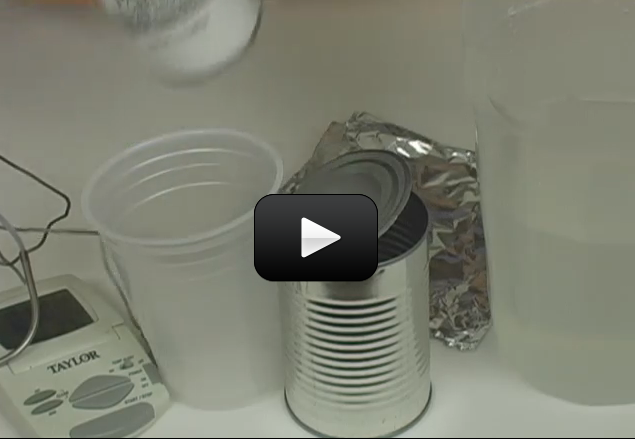
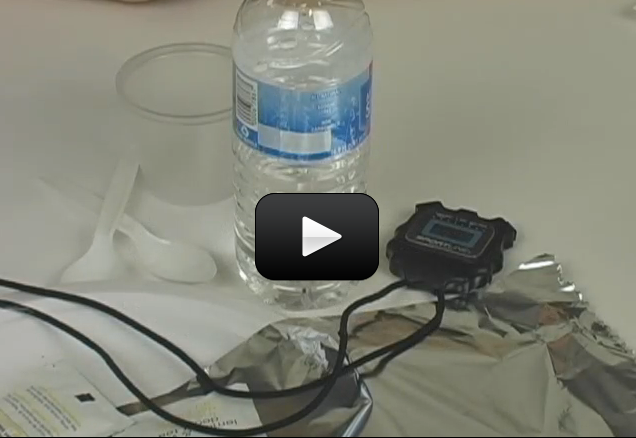
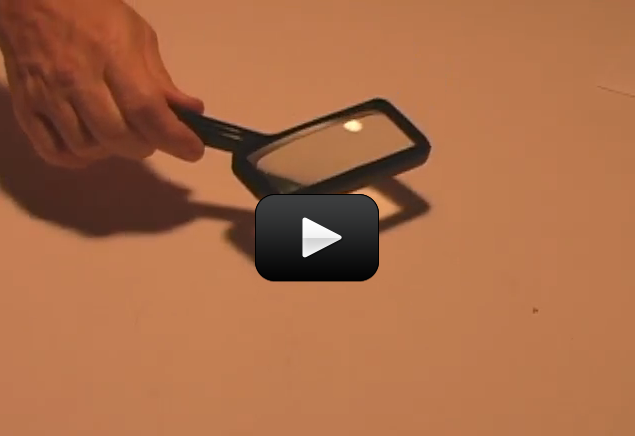
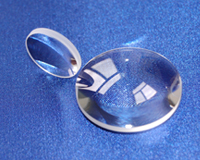
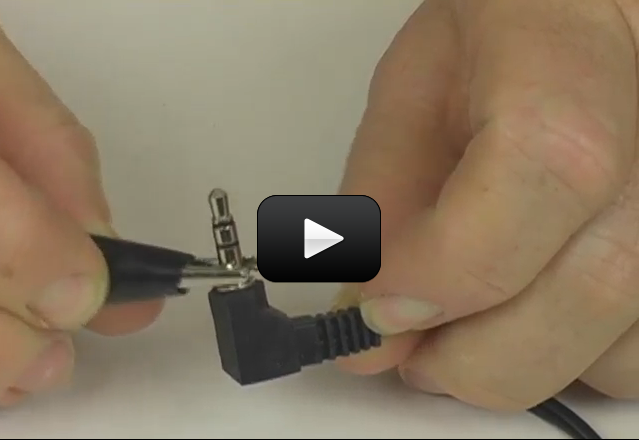

 Fossil fuels, which include petroleum, natural gas, and coal, supply nearly 90 percent of the energy needs of the United States and other industrialized nations. Because of their high demand, these nonrenewable energy resources are rapidly being consumed. Coal supplies are expected to last about a thousand years.
Fossil fuels, which include petroleum, natural gas, and coal, supply nearly 90 percent of the energy needs of the United States and other industrialized nations. Because of their high demand, these nonrenewable energy resources are rapidly being consumed. Coal supplies are expected to last about a thousand years.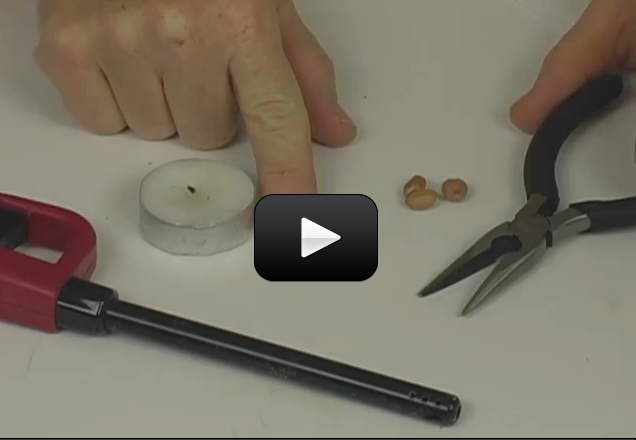
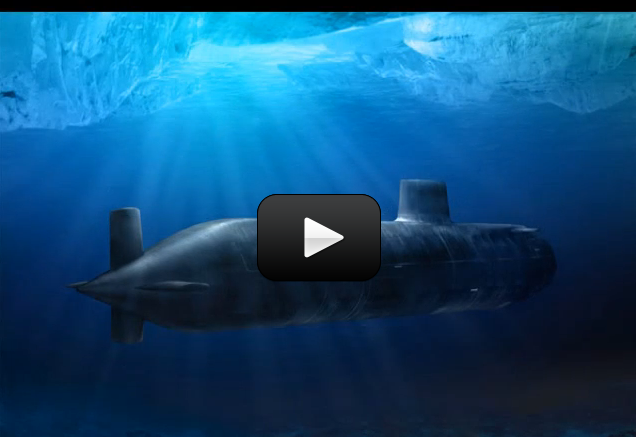
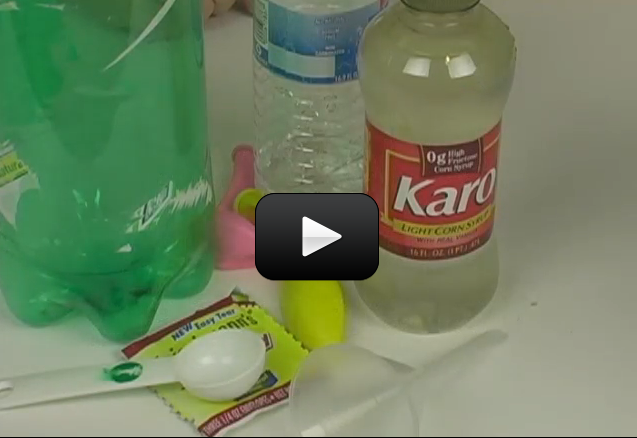
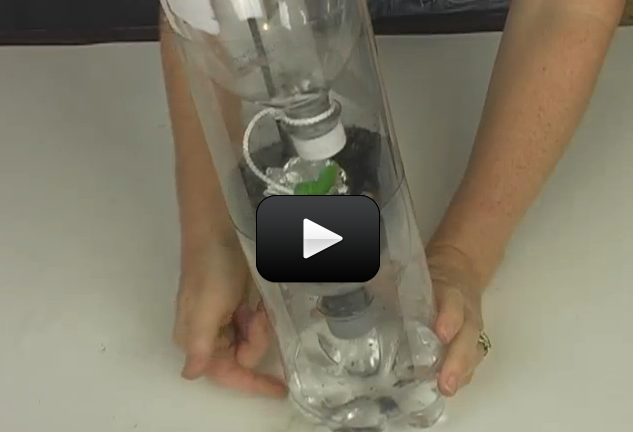
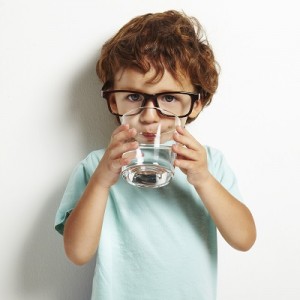 When birds and animals drink from lakes, rivers, and ponds, how pure it is? Are they really getting the water they need, or are they getting something else with the water?
When birds and animals drink from lakes, rivers, and ponds, how pure it is? Are they really getting the water they need, or are they getting something else with the water?